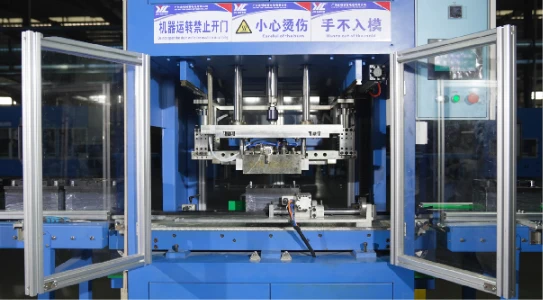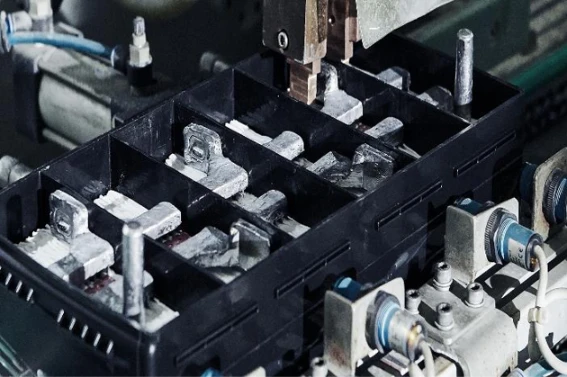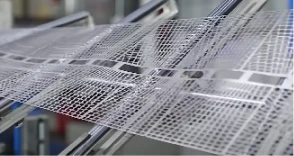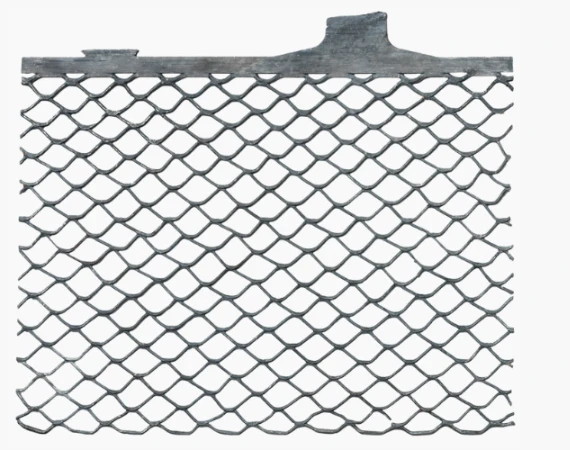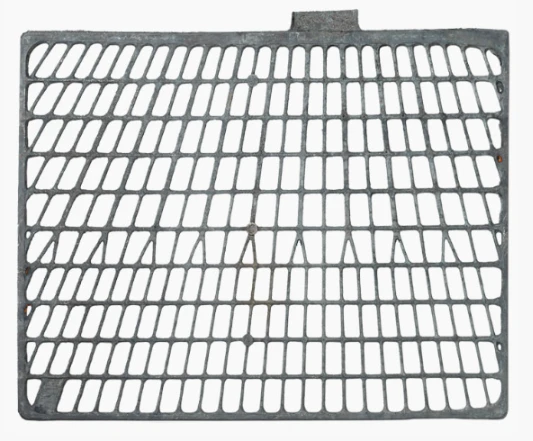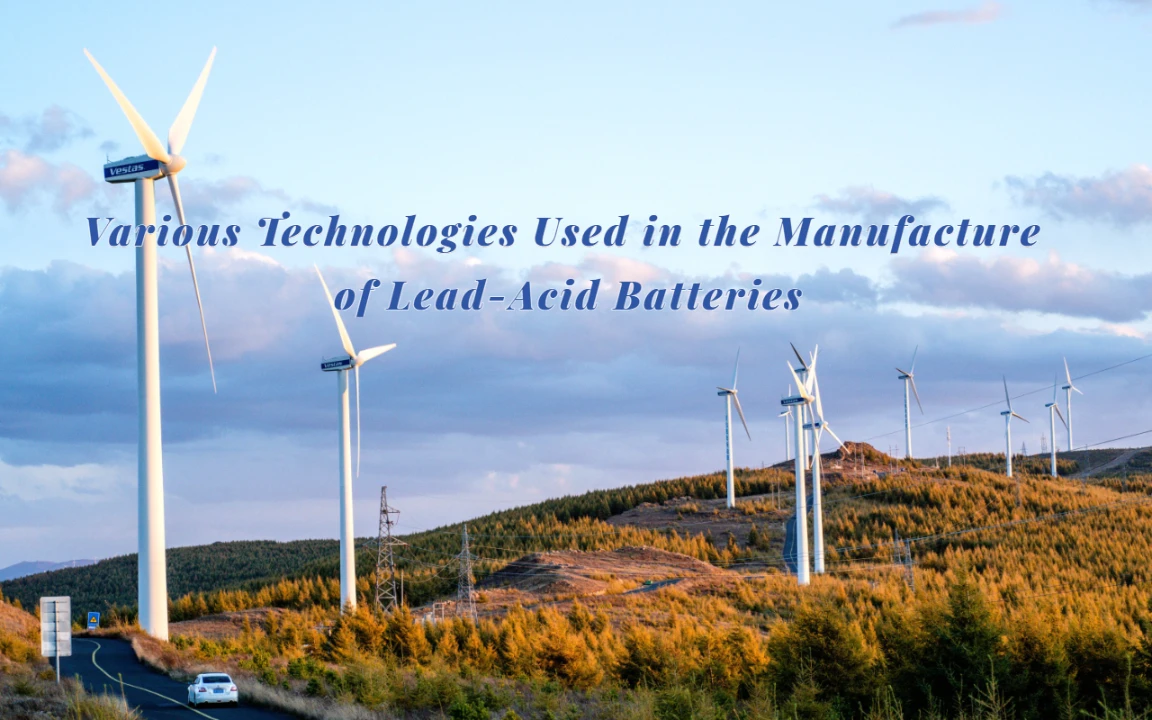
Lead-acid batteries are applied in many applications owing to their reliability and cost-effectiveness. Some of the common applications include automotive (for charging devices such as runoffs), renewable energy storage (solar panels), and uninterruptible power supplies (UPS). The manufacturing procedure of lead acid involves several key technologies that play an important role in enhancing durability. In this article, we will discuss various processes involved in making these batteries, highlighting their technical aspects and allowing us to understand more about them. This will help us suit our systems accordingly.
1. Heat Sealing Technology vs. Glue Sealing Technology
Technical Features:
Heat sealing technology is a well-researched approach for sealing lead acid battery modules. Basically, heat is made used for joining components of a lead acid battery, namely the lid, and container. The representations below reflect the technical features of the heat-sealing techno-chemical process:
- Strong and reliable bond: The bond is quite robust and hermetic, owing to heat application. Thus, sealants cannot escape from the cells but ensure high integrity assurance of the cell.
- Efficient and fast: production rate of heat-sealed batteries increases substantially since it does not take much time to do so.
- Minimal use of additional materials: A few additional materials count at minimal use among all sealing techniques.
However, the glue sealing technique counts on adhesive substances to seal the battery parts together.
The glue sealing technical features are:
- Flexibility and adaptability: Glue sealers offer more flexibility in design and can seal irregular components’ irregular shapes. It provides better resistance against vibrations.
- Resistance to enhanced vibrations: Adhesive properties of the glue seal provide better resistance or dampening qualities to strong vibration, limitations that may be particularly useful for equipment prone to significant mechanical stresses.
- Easy repairability: Removal and reapplication of the adhesive can make the battery glued sealed easily repaired or resealable if necessary.
Comparison of the Two Technologies
Both heat-sealing technologies share many advantages and disadvantages, making them possible alternatives for particular battery applications. Here is a comparison between the two technologies:
Sealing effectiveness:
Heat sealing has made use of strengths such as its robust and hermetic bond capable of inducing on batteries reducing risks through leakage against electrolytes in other batteries.
Fabrication efficiency:
Heat sealing technology is undeniably faster, permitting higher manufacturing rates, thus enhancing the cost-effectiveness of colossal manufacturing. This makes glue sealing possibly slower and, therefore, not so ideal for highly intensive workplaces.
Design possibilities:
The shape and size possible with glue sealing will bring more flexibility, while heat sealing might have some limitations upon sealing irregularly shaped parts.
Repairability capacities:
Batteries that are sealed with glue are typically easier to repair or reseal because the adhesive can be removed and replaced. On the other hand, heat-sealed batteries may require intricate repair processes.
By noting the technical features and taking into account comparatives of advantages and limitations associated with both kinds of heat, it would be much easier for designers to choose from among the two choices available.
2. TTP Welding Technology vs. Bridge Welding Technology
TTP (Through-The-Partition) welding technology and bridge welding technology are two common ways to join the battery’s negative and positive plates. Let’s learn about their technical features, then compare them to understand them better.
Technical Features
TTP welding technology directly joins the weld formed through the separator by creating welds between the plates. It connects the positive and negative plates of the battery. The technical features of TTP welding technology include the following:
- Minimized internal resistance: TTP welding provides a direct electrical connection between the plates and minimizes the battery’s internal resistance, thus enhancing its performance.
- Improved mechanical stability: Since the welded connection provides improved mechanical stability with no movement of plates, it can enhance the overall durability of the battery.
- Even current distribution: TTP welding ensures an even current distribution across the plates so that there is no risk of being uneven charge/discharge while prolonging the battery life.
On the other hand, bridge welding technology uses small metal bridges or straps between the positive and negative plates. The technical features of this kind of welding include
- Flexibility in design: Bridge welding allows for much more flexibility in plate design since the bridges can be adjusted to accommodate different sizes and configurations of different plates.
- Ease of manufacturing: Bridge welding can be simple and quick compared to TTP welding, which may need excellent precision equipment and alignment.
- Enhanced safety: In using bridges on bridge welding, it can provide some extra safety benefits like preventing circuits among the same plate pairs, which would otherwise create danger).
Comparison of the Two Technologies
Obviously, the advantages unique to each one of these two technologies make them significantly distinct from each other and justify the regard; here is a comparison between the two:
Internal resistance:
The TTP welding technology has a lower internal resistance, which helps improve the battery’s performance compared to bridge welding due to its direct plate-to-plate connection.
Mechanical stability:
The welded connection improves the mechanical stability of a battery as it prevents plate movement and enhances the battery’s resilience against mechanical stress.
Design flexibility:
Bridge welding allows more design flexibility since bridges can be adjusted to suit different plate sizes and configurations. Plates manufactured with TTP welding may have limitations in terms of design since there are potential limitations on the adjustment of plating through the separator.
Manufacturing simplicity:
Bridge is generally simpler and faster (hence suitable for high-volume fabrication), while Adopting TTP welding improves the quality of welds by using equipment and careful alignment. This in turn enhances the standard of manufacturing processes despite the potential increase in complexity.
Considering all technical aspects, as well as comparing the advantages and limitations of TTP welding & bridge welding technologies towards batteries industries, makes manufacturers aware of possible choices, thereby making an informed choice.
3. Punching Grid Technology
Lead-acid batteries require a certain amount of lead but are composed mainly of hydrometers and electrochemical cells that cannot form more than 30-40% of the whole cell volume. Grid structure and shape play vital roles regarding the electricity conducted among lead plates during discharge. This section describes Punching Grid technology.
Technical Features
Punch grid technology has the following technical features:
- High precision: Punching machines produce the grid structure with high precision, ensuring consistent uniformity and helping in enhancing the battery’s performance.
- Enhanced conductivity: The punched design of the grid allows efficient electron flow between the active material and terminals, thereby enhancing the battery’s electrical conductivity.
- Optimal plate thickness: Punching grid technology enables accurate grids of precise thickness to be produced, ensuring optimal mechanical stability as well as minimizing internal resistance.
- Cost-effective: It is relatively cost-effective compared to other grid manufacturing processes due to its suitability for large-scale battery production.
Over many applications, punch grid technology is widely adopted since it offers an enhanced way to manufacture high-quality grids with excellent performance characteristics that contribute to the overall efficiency and longevity of lead-acid batteries.
4. Expanded Grid Technology
An expanded grid is another prevalent method being used for manufacturing lead-acid battery grids. Basically, this technique involves expanding a lead alloy strip to produce the desired grid structure. And now, let us look into the technical features of expanded grid technology.
Technical Features
The expanded grid encompasses the following technical features:
- Structural integrity: Expanded grids offer superior structural integrity, which assists the battery in offering improved mechanical stability.
- Invested surface area: Expanded grid design enhances the surface area of the active material, thus facilitating more efficient electrochemical reactions together with better battery performance.
- Fortified durability: By virtue of expanding grid structure enhancement, the battery’s durability minimizes vibration and mechanical stress.
- Design versatility: Expanded grid technology facilitates designers to come up with a vast array of grid designs and configurations, thus making it capacious enough for manufacturers to customize the grids according to the application concerned.
The excellent mechanical properties and design versatility of expanded grid technology have made it increasingly popular in the lead-acid battery manufacturing industry.
5. Gravity-Cast Grid Technology
Gravity casting is a casting method used for manufacturing lead-acid battery grids. Casting involves pouring molten lead alloy into molds under the force of gravity. The technical features of the gravity-cast grid are now explained.
Technical Features
The following are the technical features of gravity casting:
- High precision: For fabricated grids, gravity casting results in extraordinarily intricate designs as well as precise dimensions, ensuring quality fit and performance in batteries.
- Uniform structure: Solidified lead alloy inside the gravity-cast grids gives them a uniform structure which provides better electrical conductivity and durability of grids.
- Enhanced corrosion resistance: Corrosion resistivity of solidified lead alloy inside the gravity cast grids is improved, resulting in increased battery longevity.
- Suitable for large grids: Primarily, gravity casting is suitable for manufacturing huge and complex grids, thus making this technology capable enough to cater to the high capacity requirements of various industries and applications.
6. Internal Technology vs. External Technology
1. Internal Technology
Internal Technology is a battery activation technology before leaving the factory. Here’s a summary of what happens during lead-acid battery formation:
- Immersion in Sulfuric Acid: After the battery plates have been finished and prepared, they are immersed in a solution of sulfuric acid for several hours. This causes layers of lead sulfate to form on the plate surfaces, which is essential for the battery’s electrochemical reaction.
- Managing Variables: Industry research highlights the importance of carefully managing variables like acid concentration and soak time during formation, as it can significantly improve battery performance.
- Types of Formation: There are two types of formation – dry and wet. In dry formation, the plates are charged outside the battery case in a large electrolyte solution tank. Wet-formed batteries, on the other hand, are charged inside the battery case.
- Heat Management: During wet formation, battery cases are often submerged in a water bath to manage the large amount of heat produced while the battery is being charged. High temperatures during forming can decrease the battery’s effectiveness and lifespan.
- Charging Process: The actual charging process involves a series of charges and breaks between charges. The initial charging process can take over a day. The battery is then discharged and recharged.
- Dry-Formed Plates: For dry-formed batteries, the plates are removed from the electrolyte tank, dried, and assembled into the battery case. These batteries are shipped without the electrolyte solution.
- Testing and Optimization: After formation, the battery undergoes a high-rate discharge test to rule out any defects. It may also undergo several more discharge/recharge cycles to achieve optimum operation.
- Final Assembly and Shipment: After receiving the finishing charge, the battery is sent for final assembly and then shipped out.
This lead-acid battery formation process is crucial in preparing the battery to receive an electrical charge and ensure its proper functioning and longevity.
2. External Technology
External technology involves the use of automated equipment to speed up and increase the battery formation process. Through automation, manufacturers achieve much higher throughput, improved quality, and a safer workplace for employees. Some external technology aspects include
- Automated Plate Immersion: Equipment can submerge plates in sulfuric acid solutions properly, ensuring uniformity and accuracy during the formation process. The result is a high-quality battery producing better performance and life span.
- Automated Water Bath Systems: The automated water bath equipment maintains the required temperature and level of water resulting in less room for errors and no need for manual assistance. It enhances efficiency by increasing performance and reducing the probability of on-the-job injury.
- Software-Driven Automatic Charging: Utilizing software-driven automatic charging equipment enhances control and precision of the charging process. Automated charging has been verified to produce better batteries with superior performance compared to manual control.
- Automated Testing: Once formed, the batteries have to undergo testing to detect defects. The testing machines can efficiently test many batteries per minute, beating the human personnel’s capabilities. The defective batteries would be automatically sent to a reject station saving time and streamlining the quality control process.
Generally, both internal and external technologies have given merits to batteries. Still, selection demands the consideration of different factors dependent upon one’s special requirements and priorities in developing or incorporating them.
Conclusions
In the field of lead-acid battery manufacturing industries, numerous technologies contribute to producing high-performance and reliable batteries. From sealing technologies like heat sealing and glue sealing to welding methods such as TTP welding and bridge welding, each technology plays a major role in ensuring that the integrity and functionality of lead-acid batteries are safeguarded well. Grid technologies like punching grids, expanded grids, and gravity-cast grids enable the production of grids with excellent mechanical stability, electrical conductivity, and corrosion resistance. The choice between internal and external technologies further allows the manufacturer to optimize the utilization of active materials and gives the option to customize the design of the battery.
Understanding the technical features, advantages, and limitations of these manufacturing technologies empowers manufacturers of batteries to make informed decisions regarding the selection of the most suitable methods for their specific applications. Continuously advancing these technologies will help the lead-acid battery industry to meet the evolving demands of various sectors, and on its own part, it will play a more sustainable and efficient future too.



